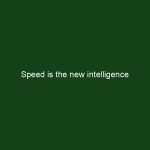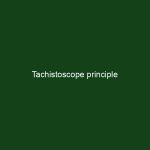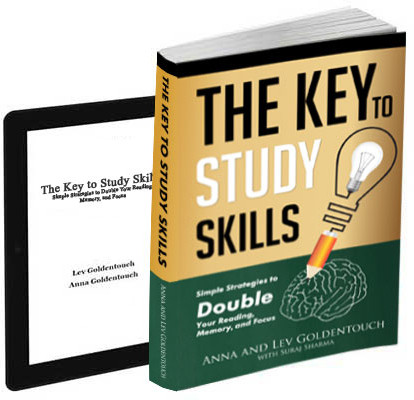Memory champion Wang Feng uses a very simple and efficient chunking method. Wang Feng is arguably the fastest mnemonist alive, so his method works. The simplicity of this method is only superficial, and you need a lot of practicing to master it – more than other methods we teach. Influenced by the structure of his …
Jade, superlearner story
Jade was born with a rare gift: photographic memory. While we see people with photographic memory in TV shows, meeting one with real life is extremely rare. Eidetic memory occurs in a small number of children and generally is not found in adults. In fact, there is no clear test for eidetic memory in adults, …
Why you should take 1:1 with Anna
We invest significant efforts to make all the resources you need to learn readily available. However, there is only so much a reasonable person can learn all alone or even in a workbook. 1:1 skype lessons with Anna [notice, it is paid and not cheap] is the most effective way to learn. Usually, I say that …
Information diet
Information diet is a new idea that is challenging the way we consume information in post-PC society. For example this article claims 7 secrets of limiting distraction and becoming more productive. Personally, while I disagree with this approach, I do recommend some caution with information intake. Our brain was not designed to digest the information …
Speed is the new intelligence
This great post by Dilbert creator argues that speed is the new intelligence. Is that really true? The intelligence discussed by Scott Adams has to do with common sense and big numbers. Technology facilitate access to people, ability to generate and test ideas, access to supporting information and knowledge. Simply by using information technology properly …
Commit to superlearning mastery
When our students start their training we ask them to sate their goals in terms of reading speed and retention. Once the student qualifies (800wpm 80% retention), he/she is encouraged to set and pursue any new goals. For those graduates, that still feel the need to improve their superlearning I suggest to pursue mastery. Mastery …
Tachistoscope principle
Tachistoscope is the device that launched the speedreading training in late 1930s.Tachistoscope is derived from the Greek words ‘tachys’ meaning swift and ‘skopion’ meaning instrument for viewing or observing. The device projects a series of images onto a screen at rapid speed to test visual perception, memory, and learning. Most tachistoscopes were designed to allow …
Eye span
Our eye muscles are limited. If we were to focus on each word that we read, we would not be able to read above 600wpm and then we would suffer a huge headache and eyestrain. Students who try to push reading speed without learning saccades often complain that the words become blurry and they cannot …
Metaguiding
Unlike other processes we use (visualization, memorization, skimming, analysis, time-management strategies), the actual speedreading is a pretty straight-forward process. We assume that You have already encoded all the names, dates and other dense stuff within the paragraph in prereading and the relevant markers are readily available to be used. The text is averagely dense, cannot …
Power of details
One of the things that limit our reading speed is the speed of creating markers. If we were required to create a marker per detail within a text, we would end up with a choice between 250wpm at 80% retention and 1000wpm at 20% retention. In fact, one of the reasons that other speedreading courses …











